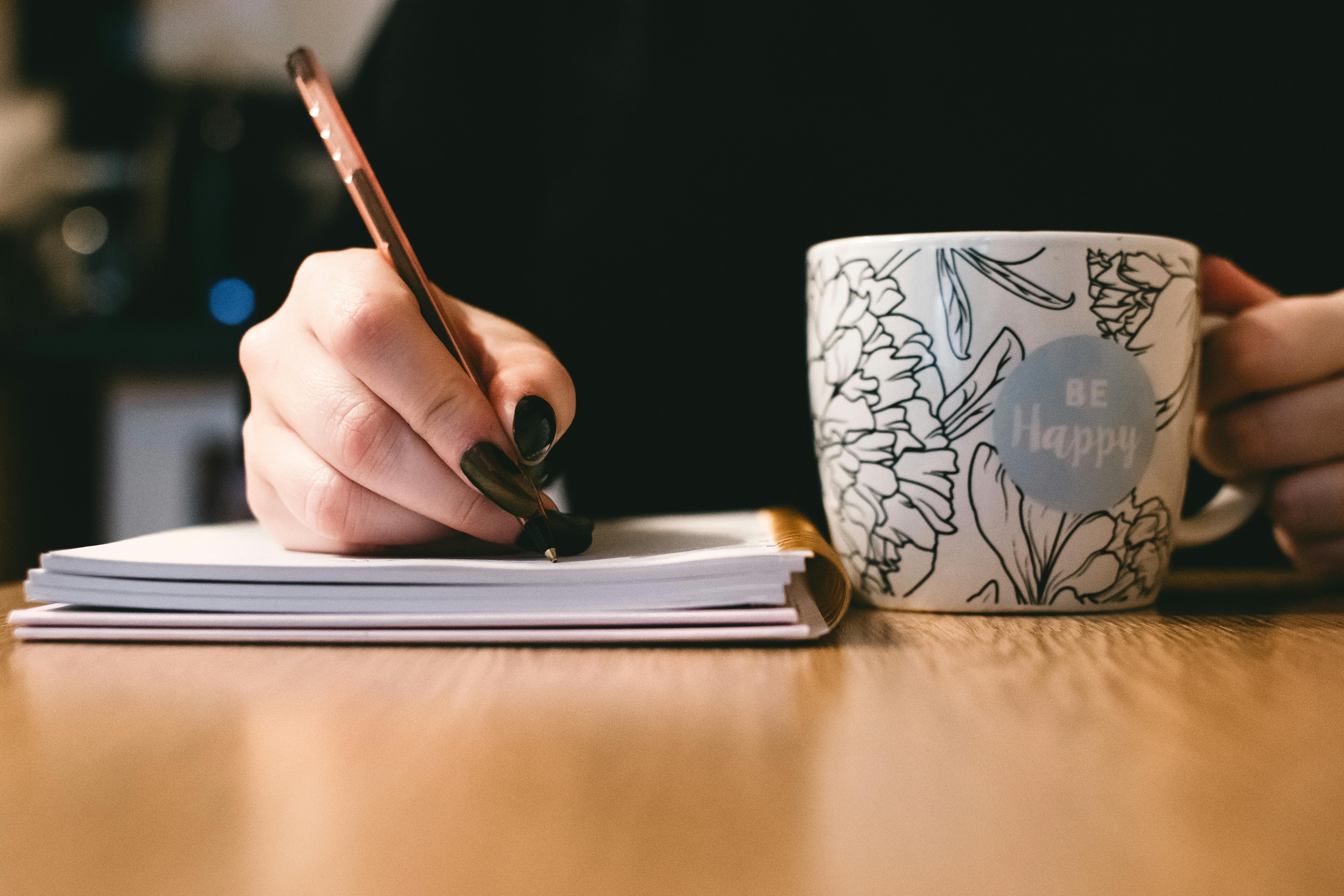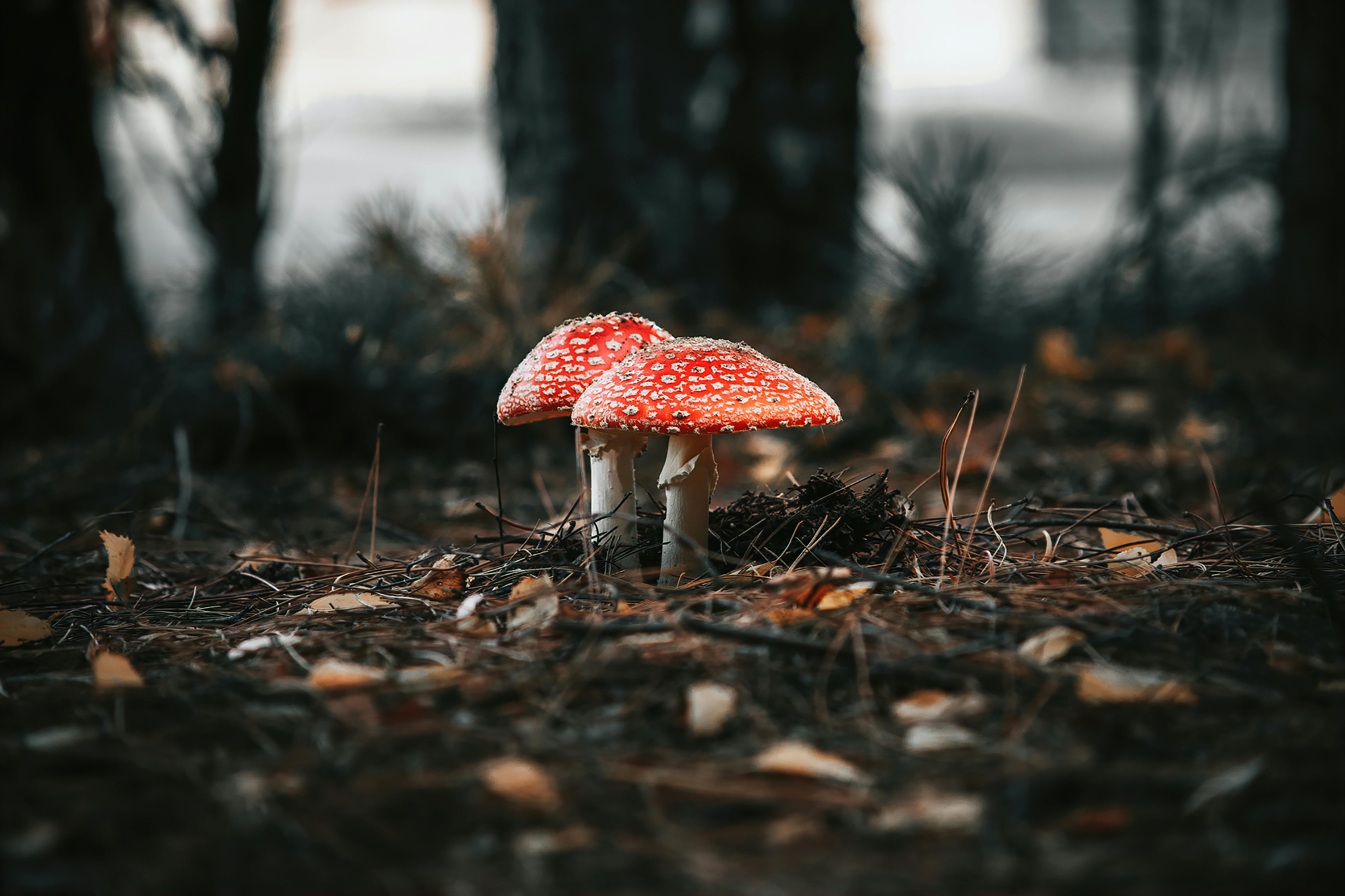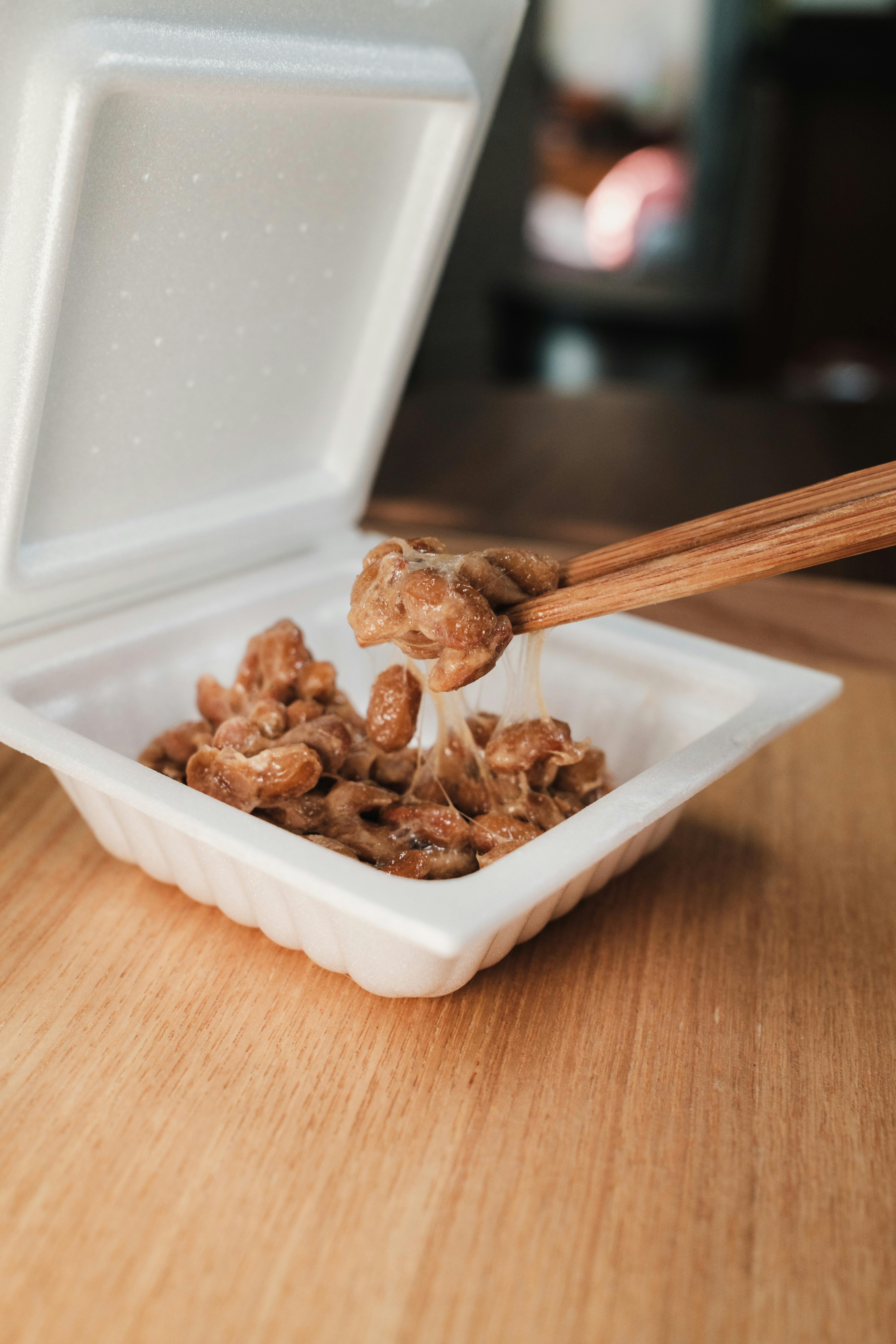Impactful Ways to Learn How to Draw a Giraffe in 2025

Essential Guide to Drawing a Giraffe in 2025
Drawing animals can be an incredibly fulfilling artistic endeavor, and among the most fascinating subjects to illustrate is the giraffe. With their distinctive long necks and unique patterns, learning how to draw a giraffe not only enhances your artistic skills but also deepens your understanding of animal anatomy and movement. In this guide, we will explore various techniques and approaches to help you master giraffe drawings, from simple outlines to advanced artistic expressions.
In addition to exploring the practical aspects, this article will provide insights on art supplies for drawing, shading techniques, and the importance of observing real-life giraffes. You'll also find tips on creating engaging giraffe illustrations, whether for personal enjoyment or educational purposes. Let’s dive into the world of giraffe drawing tutorials and discover how to bring this magnificent animal to life on paper.
Key takeaways include:
- Step-by-step guidance on drawing giraffes
- Artistic tips for different styles of giraffe illustrations
- Recommended tools and materials for your drawing journey
Step-by-Step Giraffe Drawing Techniques
Building on the foundational knowledge of animal anatomy, starting with a step-by-step approach to drawing a giraffe is essential for beginners and advanced artists alike. Begin by gathering your materials; a sketchpad, pencils, and erasers will serve you well. Understanding giraffe proportions is vital for creating accurate sketches. Start with simple shapes — a long oval for the neck and circles for the head and body. Connecting these forms with light lines will help you visualize the overall structure.
Next, focus on detailing the giraffe's features. The head drawing should beautifully capture the giraffe's unique facial characteristics, such as their large eyes and ossicones. When sketching a giraffe, consider including details like its distinct coat patterns and fur texture, which are crucial for creating a lifelike representation. Here's how to continue with the giraffe drawing:
Understanding Basic Giraffe Anatomy
It's important to familiarize yourself with giraffe anatomy to create realistic and accurate representations. Study the proportions of their bodies, necks, and legs. For instance, giraffes have long, sturdy legs that support their tall frame, while their necks can reach an impressive height. Observing these dimensions is critical when outlining your drawings.
Creating Giraffe Outlines
Once you're comfortable with the basic anatomy, begin outlining your giraffe. Focus on smooth, flowing lines and avoid harsh angles which can disrupt the natural look of the creature. This phase involves refining your basic shapes into a cohesive outline, integrating features like the giraffe’s long tail and unique leg illustration.
Add Detail and Features
With a solid outline in place, it's time to add details. Start with the face and work your way down, incorporating the giraffe's distinctive coat patterns, spots, and any unique traits. When you add the giraffe's facial features, consider how they interact with each other; for instance, how the eyes relate to the mouth and ears. This stage is where your giraffe truly begins to come to life.
Giraffe Shading Techniques and Artistic Styles
With the basic outline and details established, shading is a vital technique for adding depth and realism to your giraffe drawing. Employ various shading techniques such as hatching, cross-hatching, and blending to create realistic shadows and highlights. Understanding giraffe fur texture will aid you in achieving a more lifelike appearance.
This naturally leads us to explore artistic styles that can transform your giraffe representation. Whether you opt for a cartoon giraffe illustration or a more realistic giraffe art piece, knowing the style you want to achieve will guide your technique.
Art Supplies for Effective Giraffe Drawing
Selecting the right tools is essential for any artist. For drawing a giraffe, consider using a variety of pencils ranging from hard (H) to soft (B) to achieve different textures and tones. Certain types of paper can also affect the outcome; experimenting with smooth surfaces for detailed work and textured paper for more expressive sketches could enhance your drawings.
Advanced Techniques in Giraffe Art
If you're looking to elevate your giraffe drawings, explore advanced techniques such as mixed media applications where you can incorporate watercolor or colored pencils for added depth and color. Understanding color theory will aid in creating a giraffe color palette that resonates with the actual animal.
Capturing Movement in Giraffe Sketches
One aspect that can often enhance your artwork is capturing movement. Giraffes are graceful creatures, so practicing sketching them in different poses can greatly improve your skills. Use pose references to illustrate them walking, grazing, or even interacting with their surroundings. This dynamic representation not only showcases their physical beauty but also adds an element of storytelling to your art.

Giraffe Drawing Exercises for Improvement
Regular practice is crucial for improvement in your giraffe drawing skills. Engaging in structured exercises can help. For instance, dedicating a session to quick giraffe sketches can boost your speed and familiarity with their features. Experimenting with different angles and styles will also diversify your skill set.
Moreover, seeking feedback on your giraffe drawing exercises can provide new insights and foster growth as an artist. Consider joining a community of wildlife illustrators or sharing your work on online forums to learn from others and gain constructive criticism.
Fun Giraffe Art Projects
Incorporating giraffes into creative projects can be a great way to enhance your enjoyment of drawing. Consider creating giraffe-themed illustrations that reflect their habitat or use giraffe cartoon tips to create playful characters for children’s books. Such projects can add a layer of fun while honing your skills.
Inspiration and Challenges in Giraffe Drawing
Learning how to draw a giraffe can come with its set of challenges. Each artist may face different hurdles, whether it’s proportionate issues, shading difficulties, or creating lifelike textures. A challenge worth tackling is developing an expressive giraffe that conveys emotion or story without words. This exercises not only your technical skills but also your conceptual understanding of art.
Exploring Giraffe in Nature Artwork
Lastly, don’t shy away from exploring giraffe representations within landscape scenes. Integrating your giraffe sketches into the broader context of their natural habitat can elevate your art to new artistic heights. This approach bridges animal anatomy with environmental elements, creating a more holistic artistic piece.

Q&A Section: Common Questions About Giraffe Drawing
What are the best materials for drawing a giraffe? Using a range of pencils (H for harder details and B for softer, shading) is ideal. Additionally, quality sketch paper can enhance the final results.
How do I improve my giraffe drawing skills? Regular practice, understanding giraffe anatomy, and engaging in constructive critiques and community feedback can significantly enhance your skills.
What techniques work best for shading a giraffe? Blending and cross-hatching are effective techniques for achieving realistic fur texture and depth in giraffe illustrations.
Can children learn to draw a giraffe easily? Absolutely! Simple giraffe outlines and step-by-step guidance make it accessible for children. Engaging them in fun projects will enhance their skills and enjoyment.
What are some common mistakes when drawing giraffes? Beginners may struggle with proportions and detailing. Practicing with reference images helps avoid these pitfalls.